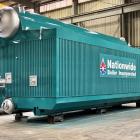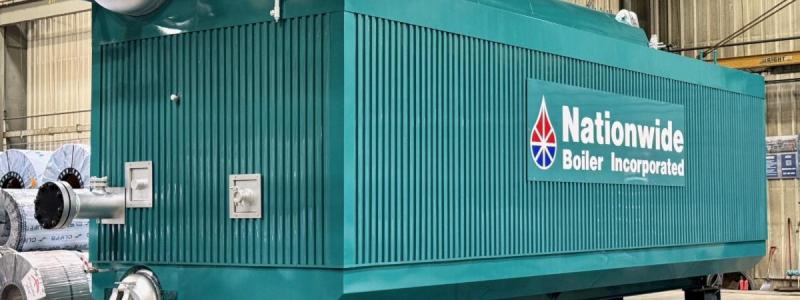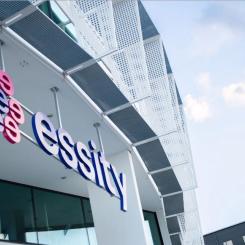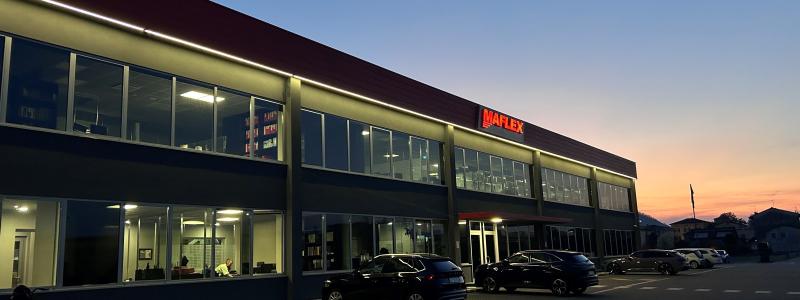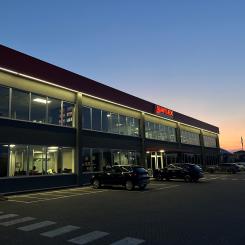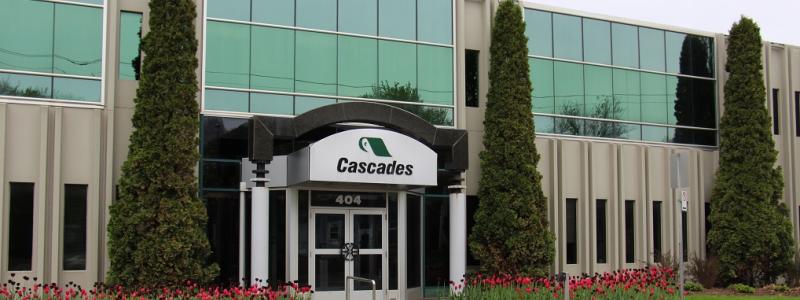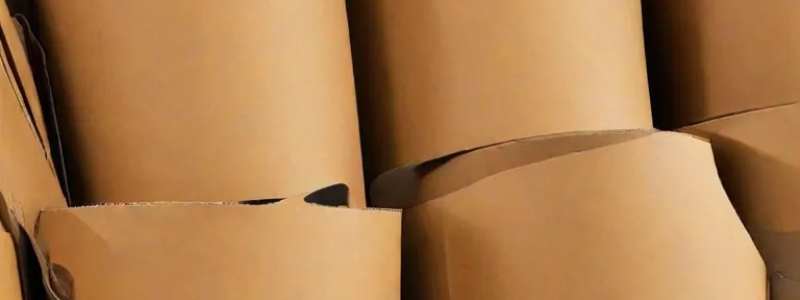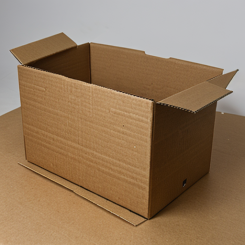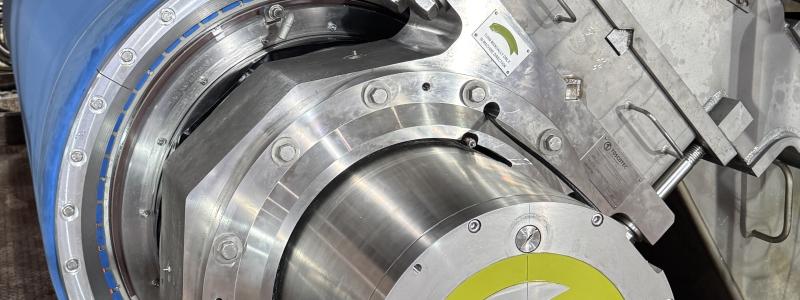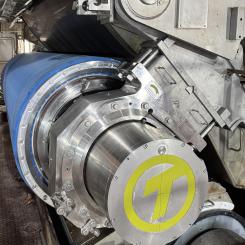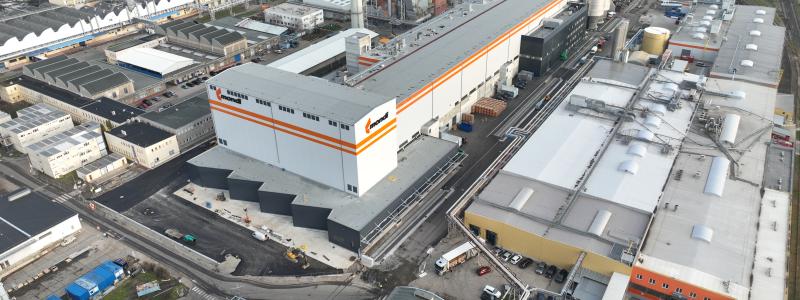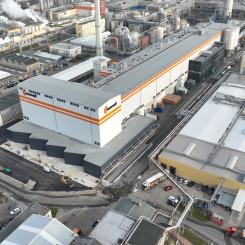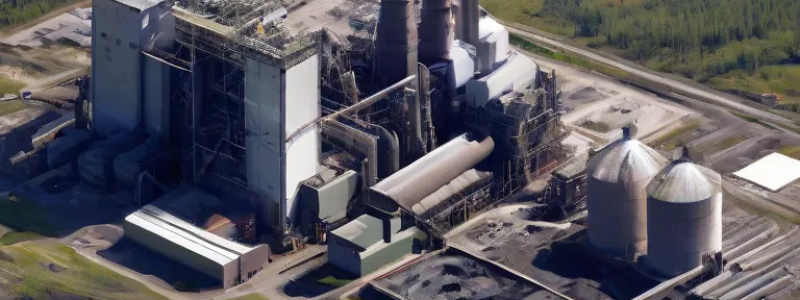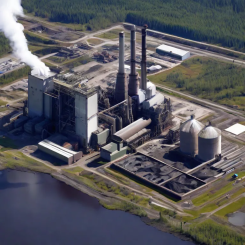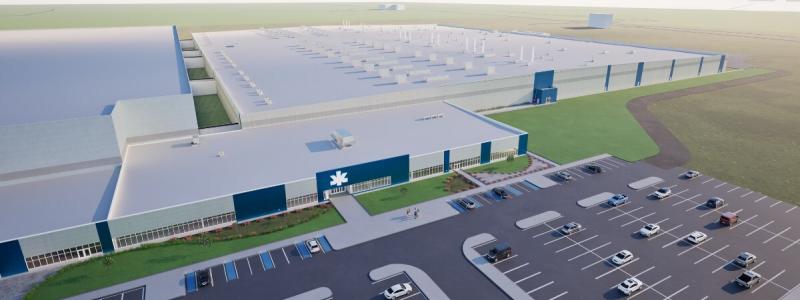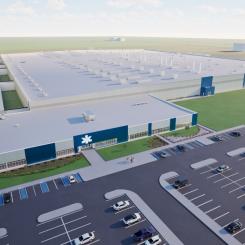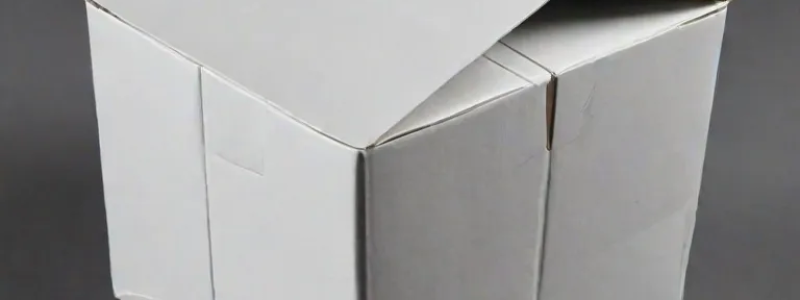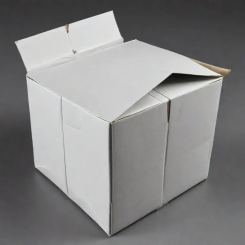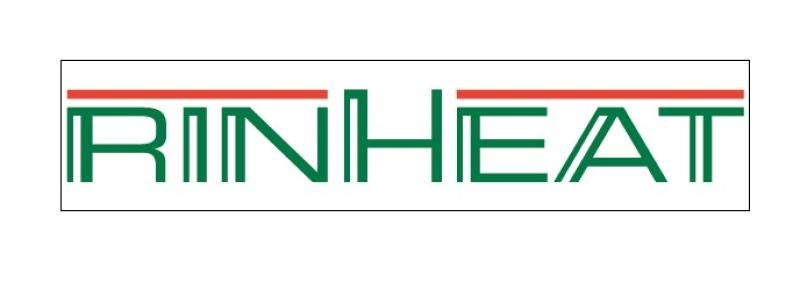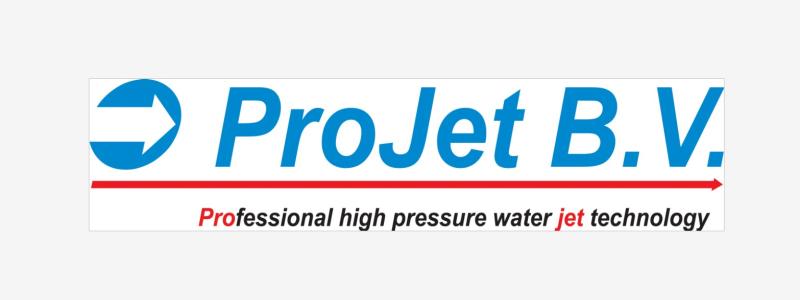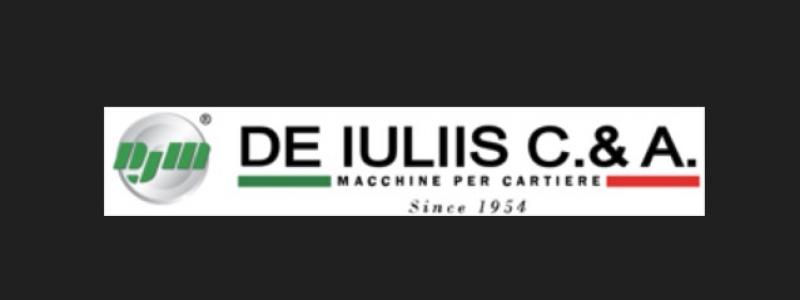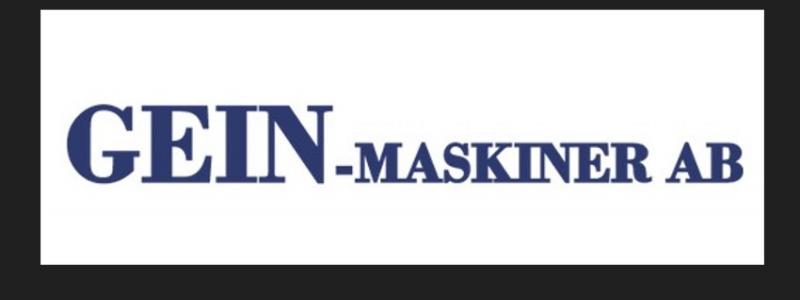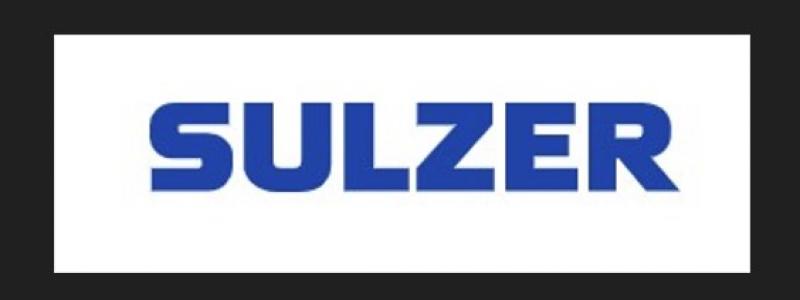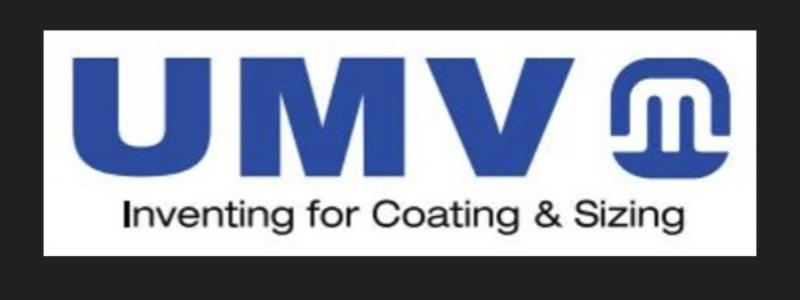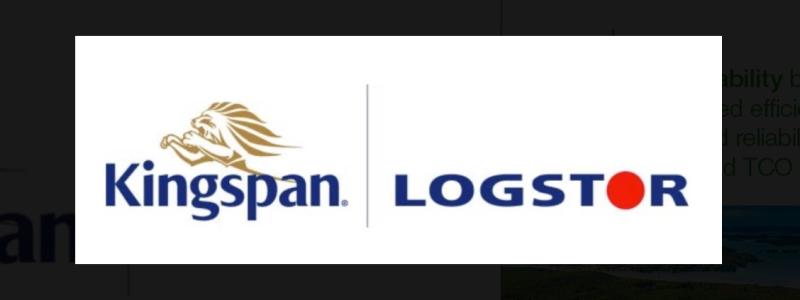Norske Skog Skogn will invest around NOK 180 million, after NOK 40-50 million in grant funding from the NOx fund, in a new thermomechanical production line (TMP) that will replace expensive recycled paper with fresh fibre. The new TMP line will reduce variable costs, significantly reduce NOx and fossil CO2 emissions, and reduce landfilled waste. Start-up is expected in the first half of 2024.
"With this investment decision, we have taken the first step in the long-term competitiveness of Norske Skog Skogn. We want to secure our position in the newsprint market while at the same time providing opportunities to establish ourselves in new markets. This will strengthen our already good environmental position through major reductions in emissions of greenhouse gases," says Håvard Busklein, Managing Director at Norske Skog Skogn AS.
Today, newsprint is produced at Norske Skog Skogn with a pulp mix, consisting of wood fiber and recycled paper. The investment will replace the use of expensive recycled paper fiber with fresh wood fiber in newsprint production. The production capacity of thermomechanical wood pulp will increase by 100,000 tonnes.
The investment will significantly reduce Norske Skog Skogn's emissions of fossil CO2 and NOx. A fossil CO2 reduction of around 80% has been calculated, and the NOx emissions will be reduced by around 40%. The ash reduction is estimated at around 60%. Ash from fresh fiber has smaller amounts of residual materials, and has several application opportunities that will be investigated.
It is not only the result of the project that will lead to reduced emissions. In order to reduce CO2 emissions and reduce investment costs, Norske Skog Skogn will purchase machinery and equipment from a closed paper mill in Sweden instead of buying new equipment.
"As a company, we are concerned about sustainability at every step of the value chain. The vast majority of the equipment is reused from other mills in the industry, which have chosen to close or convert their production. Our skilled employees have seen this opportunity and utilized it to to create a very cost-effective project," says Busklein.

